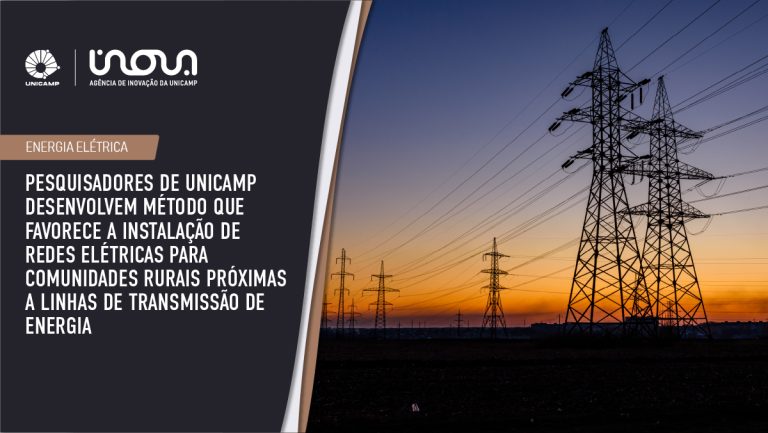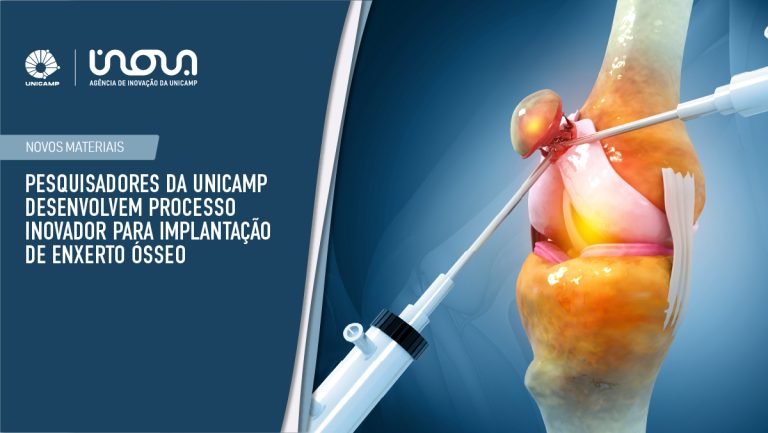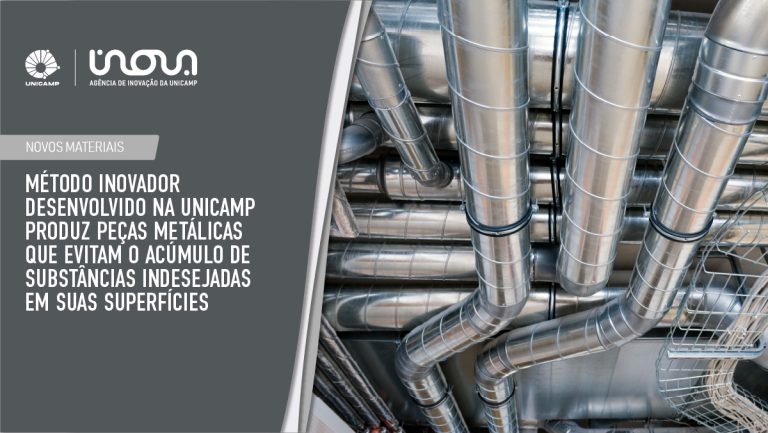METHOD OF DEPOSITION AND SIMULTANEOUS DECORATION OF NANOTUBOS ON METALLIC ELECTRODES
NOVELTY – The method involves depositing a nanostructure along a gap from 0.5-10 pm. Di-electrophoresis technique is used for deposition. Standard metal electrode ends are binded. Deposition voltage is simultaneously or alternately applied using an aqueous medium between electrodes. Potential for continuous polarization between the electrodes is determined. Metals are used to activate electrochemical process for formation of nanoparticles from the electrodes. Current-voltage curve is drawn. Samples from a morphological point are characterized. USE – Method for deposition and simultaneous decoration of a single-dimensional nanostructure i.e. carbon nanotube, on a metallic electrode with gold in an opto-electronic device e.g. gas sensor, biosensor and photo detector. ADVANTAGE – The method enables independently controlling amount of nanotubes and generated gold nanoparticles for controlling decoration and deposition processes in a better manner. DESCRIPTION OF DRAWING(S) – The drawing shows a photograph of MEV-EC images of a pair of gold electrodes.
Main Application Field
B04 (Natural products and polymers. Including testing of body fluids (other than blood typing or cell counting), pharmaceuticals or veterinary compounds of unknown structure, testing of microorganisms for pathogenicity, testing of chemicals for mutagenicity or human toxicity and fermentative production of DNA or RNA. General compositions.); L03 (Electro-(in)organic – chemical features of conductors, resistors, magnets, capacitors and switches, electric discharge lamps, semiconductor and other materials, batteries, accumulators and thermoelectric devices, including fuel cells, magnetic recording media, radiation emission devices, liquid crystals and basic electric elements. Growing of single crystals of semiconductors and their doping are included, but semiconductor devices, where the manufacture is not claimed are excluded. Electrography, electrophotography, magnetography, electrolysis, electrophoresis, power plant, X-ray and plasma-techniques, ion exchange resins, polyelectrolytes, electroplating, metal electrodeposition, electroforming, anodising, electrolytic cleaning, cathodic protection and electrolytic or electrothermic production or refining of metals are all covered elsewhere (Sections G, J, K and M).); S03 (Scientific Instrumentation); U11 (Semiconductor Materials and Processes); U12 (Discrete Devices)
INVENTORS:
MOSHKALEV STANISLAW
SAVU RALUCA
SILVEIRA JOSÉ VALDENIR DA
FILHO ANTÔNIO GOMES SOUZA
733_SUSPENSOS
Patent number: BR102013026638-A2
PATENT STATUS:
For information contact Inova Unicamp
FOR ADDITIONAL INFORMATION:
parcerias@inova.unicamp.br
+55 (19) 3521-5207 / 2607
This technology profile has been automatically generated.








